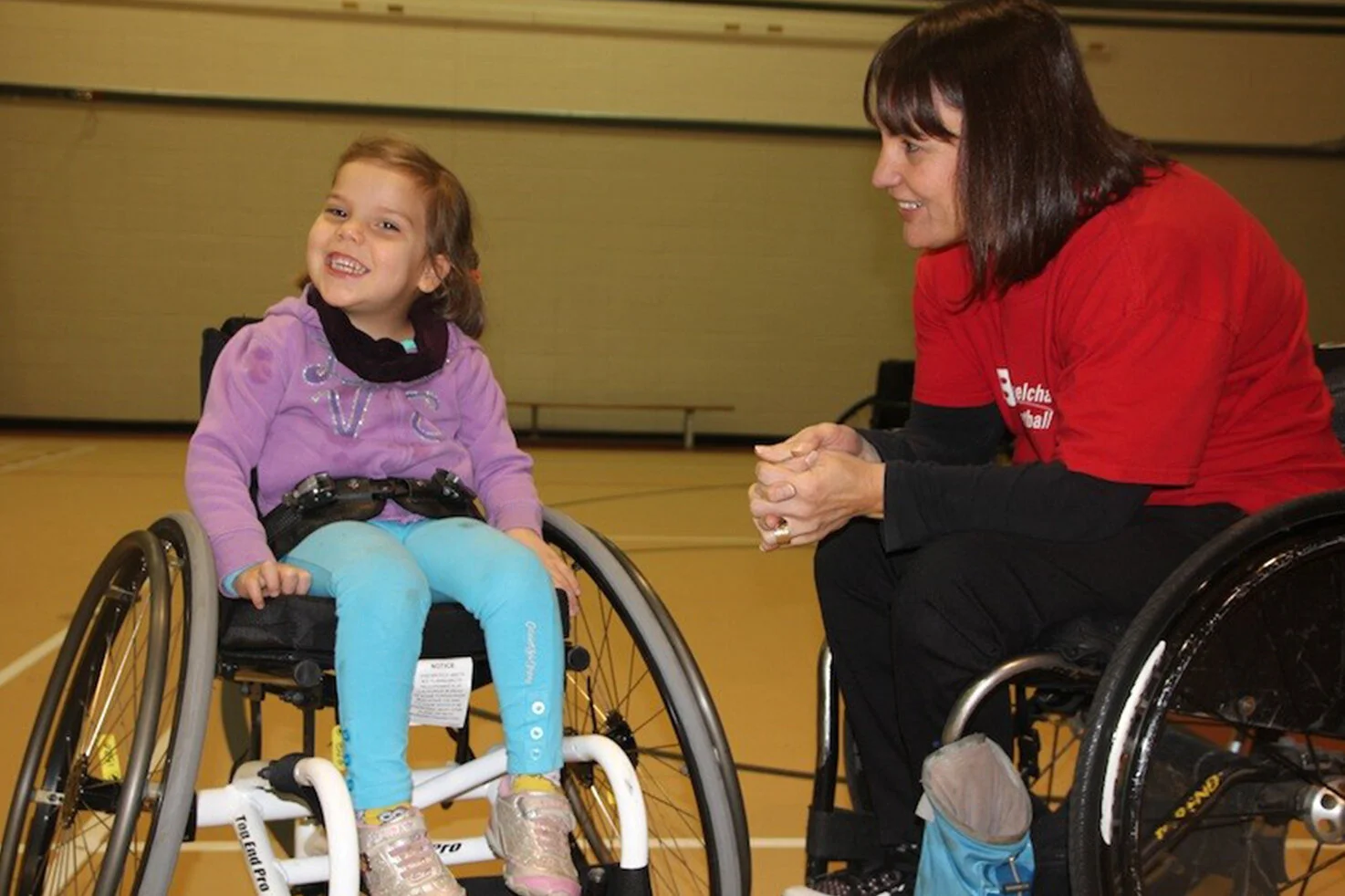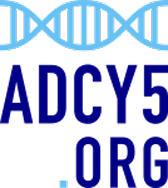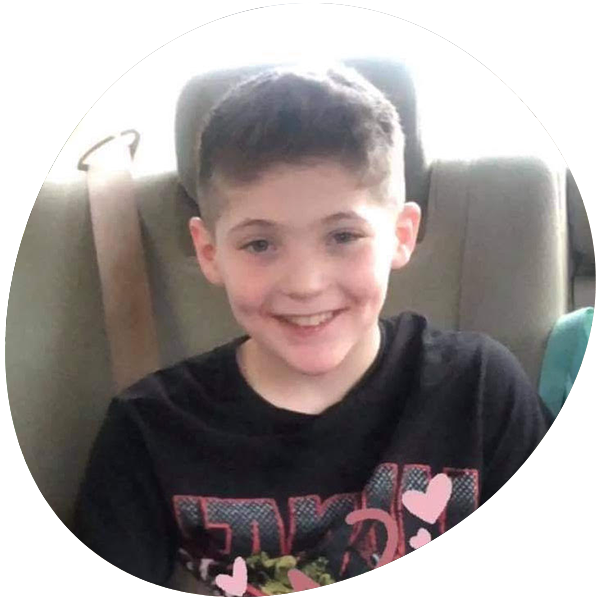Community
Maya’s Story
We welcomed our first child, Maya, into the world in February 2013. She was strong, happy, healthy and ‘typical’ in every way at birth. Our first gut feeling that something might be off was around 4 or 5 months, when it seemed the developmental gap between Maya’s gross motor abilities compared to that of her peers began to grow. At our 6-month well-baby visit, our GP reassured us that babies all develop at a different pace, and that Maya was just a late bloomer.
When it became clear that Maya wouldn’t be sitting independently by eight months, we self-referred to the local early intervention program, and insisted our GP refer us to a paediatrician. It was then that we first heard of hypotonia (low muscle tone).



Only a few weeks later, just before Maya was 10 months old, we began to notice random abnormal movements. After a particularly bad day, we decided to take Maya to the Children’s Hospital ER for an assessment, where we first saw a neurologist. From here, the battery of tests began – an EEG, EKG, MRI, lumbar puncture, and countless blood tests, all of which came back normal. Finally, our medical team got approval for Whole Exome Sequencing, from which we received a diagnosis in March 2015 - a de novo genetic mutation in the ADCY5 gene.
Receiving a diagnosis has allowed us to connect with the small, but strong, community around ADCY5‐related movement disorder (ADCY5‐RMD), and have a better sense of where to focus our efforts.
“Despite the physical challenges that come along with ADCY5‐related movement disorder (ADCY5‐RMD), Maya is a very bright, social and happy girl.”
Maya will be turning 3 very soon, and has come a very long way with the help of intensive physical, speech and occupational therapy. She’s learned how to sit, crawl, pull to stand, cruise, and we are now working towards independent standing and walking. Her expressive speech has blossomed in the last few months, and although Maya is still difficult to understand, her vocabulary is growing and she is able to express herself with increasing proficiency.
Despite the physical challenges that come along with ADCY5‐related movement disorder (ADCY5‐RMD), Maya is a very bright, social and happy girl. She loves horses, and has a great sense of humour. Above all, she is determined to succeed at every opportunity. We are extremely proud of Maya and all that she has already achieved. Although we don’t know what the future holds, we are confident Maya will go on to do great things. In the meantime, we continue to search for treatments and a cure.
More Patient Stories
Adryan
Adryan, 11, lives in Tennessee and loves Hot Wheels, Marvel, and really anything boy! He is currently addicted to YouTube. He has a loving doggie named Chase…
Djaro
Our son Djaro is 10, from Wekerom in the Netherlands, and has ADCY5‐related movement disorder (ADCY5‐RMD) (the rest of the family isn't affected by the ADCY5 gene). Djaro loves playing video games!…
Newly Diagnosed?
The most important thing our rare ADCY5‐related movement disorder (ADCY5‐RMD) community needs to do is come together to build knowledge and collect information.




